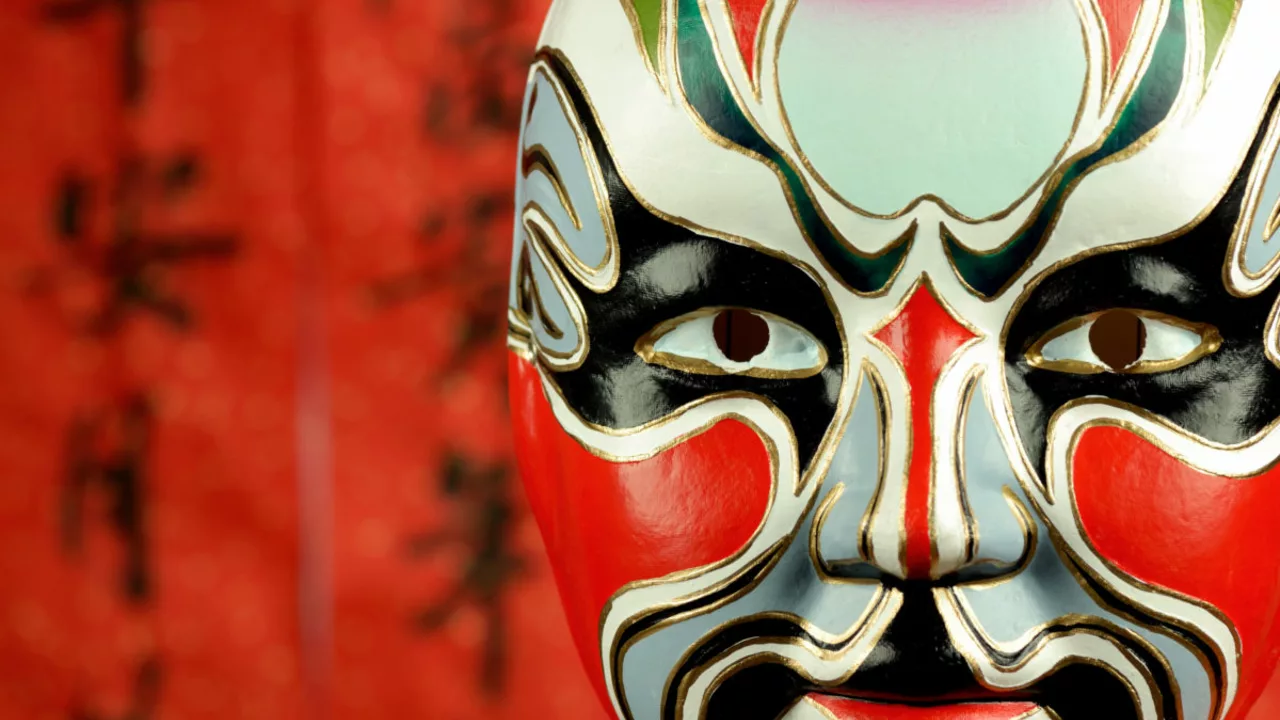Beijing Opera: What It Is and Why It Matters
If you’ve ever seen a flash of bright costumes, hear piercing vocals and watch high-flying moves, you were probably looking at Beijing Opera. It’s a mix of singing, acting, martial arts and dance that’s been entertaining China for centuries. For anyone interested in acrobatics, it offers a treasure trove of techniques that still influence stage shows today.
History and Core Elements
Beijing Opera started in the late 1700s when a few regional styles merged in the capital. The result was a dramatic form that combines four main skills: singing (chang), spoken dialogue (nian), acting (zuo) and martial acrobatics (wu). Performers train for years to master each part, especially the acrobatic fights that look like a dance.
The faces you see on stage aren’t random makeup; each color tells a story. Red means loyalty, white signals treachery, black shows integrity. The costumes are heavy, so the actors need strong core muscles to move smoothly while wearing layers of silk and ornaments.
Music is provided by a small orchestra featuring drums, gongs and the high-pitched jinghu. The singer’s voice must cut through the instruments, so training focuses on breath control—something every acrobat can learn from.
Connecting Beijing Opera to Modern Acrobatic Performance
In the UK, many circus and contemporary dance groups borrow moves from Beijing Opera. The jumps, spins and sword fights translate well onto a modern stage. If you’re a student at a circus school, practicing the opera’s “da” (big) movements can improve balance and timing.
Even Cirque du Soleil has used Beijing Opera’s storytelling style. They blend the emotive singing with aerial silks, creating a fresh hybrid that still feels rooted in tradition. This shows how flexible the art form is—its core skills adapt to any performance setting.
For teachers, incorporating a short Beijing Opera routine into a class can give students a taste of cultural heritage while sharpening their acrobatic skills. Simple steps like a low squat, a controlled jump, and a stylized hand gesture are easy to teach and instantly add drama to a routine.
So whether you’re watching a classic Chinese play in London’s Chinatown or training for a new aerial act, remember that Beijing Opera’s blend of music, movement and martial skill is a powerful source of inspiration. Dive into its history, try a few moves, and you’ll see how this centuries‑old art still pushes modern performers to new heights.

Why is Beijing Opera so difficult to master?
Beijing Opera, known for its rich and complex artistry, is indeed a tough nut to crack. Its mastery requires not just vocal skills, but also intense physical conditioning for the stylized movements and acrobatics involved. Each role and character in the opera has its unique singing style, gestures, and movements, which adds layers of complexity. The use of symbolic and coded visual elements like costumes, make-up, and props further necessitates a deep understanding of Chinese culture and history. So, while it is a beautiful performance art, mastering Beijing Opera definitely isn't a walk in the park!
Read More